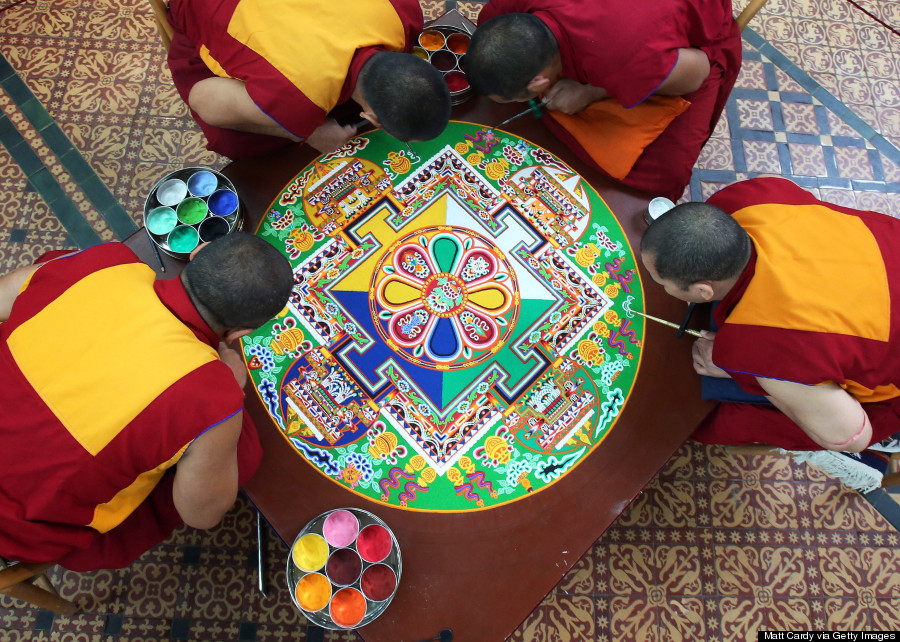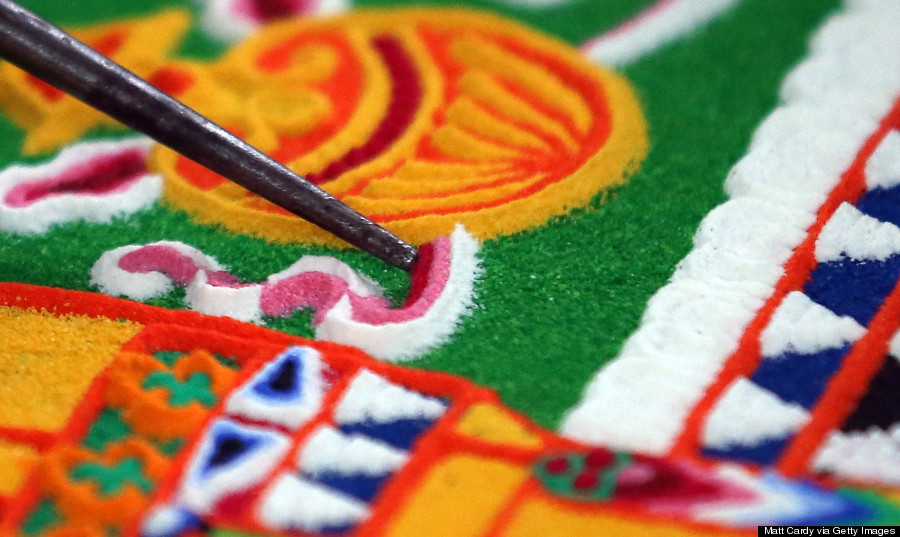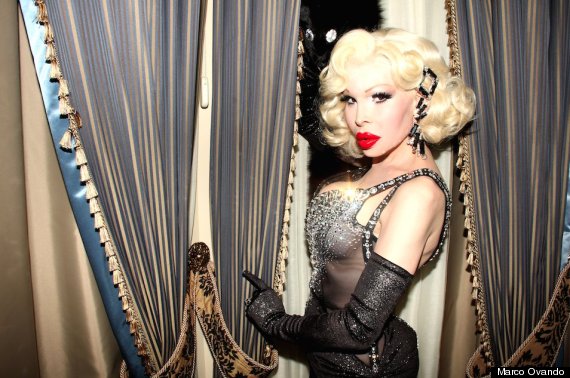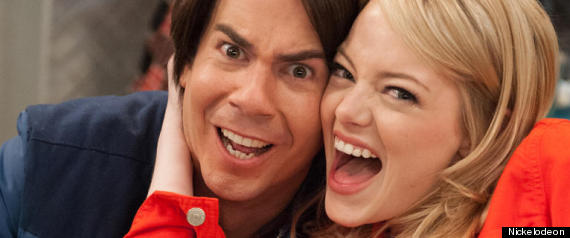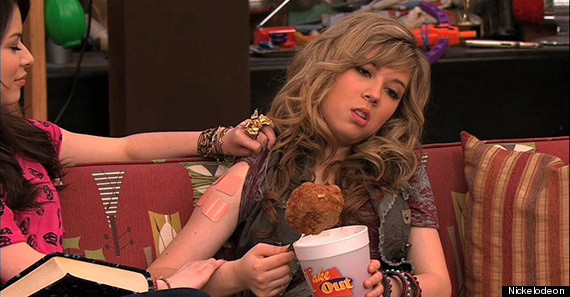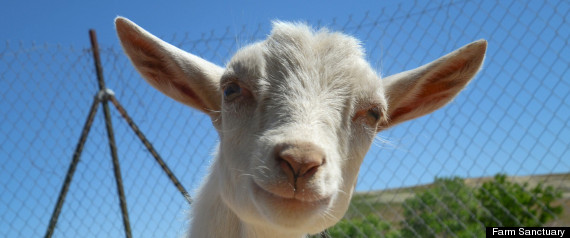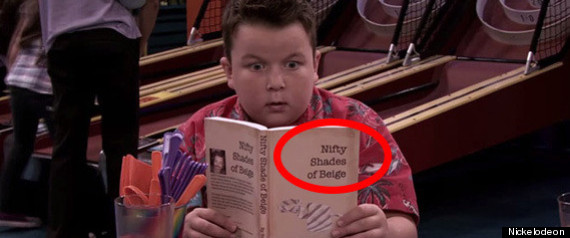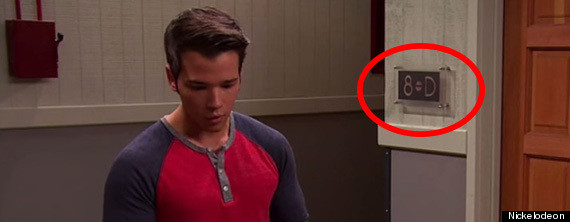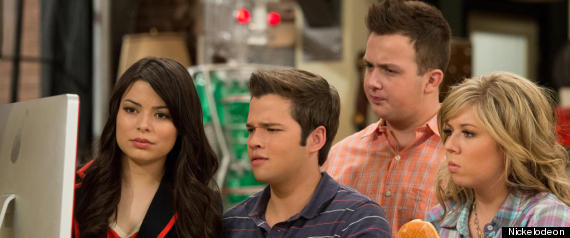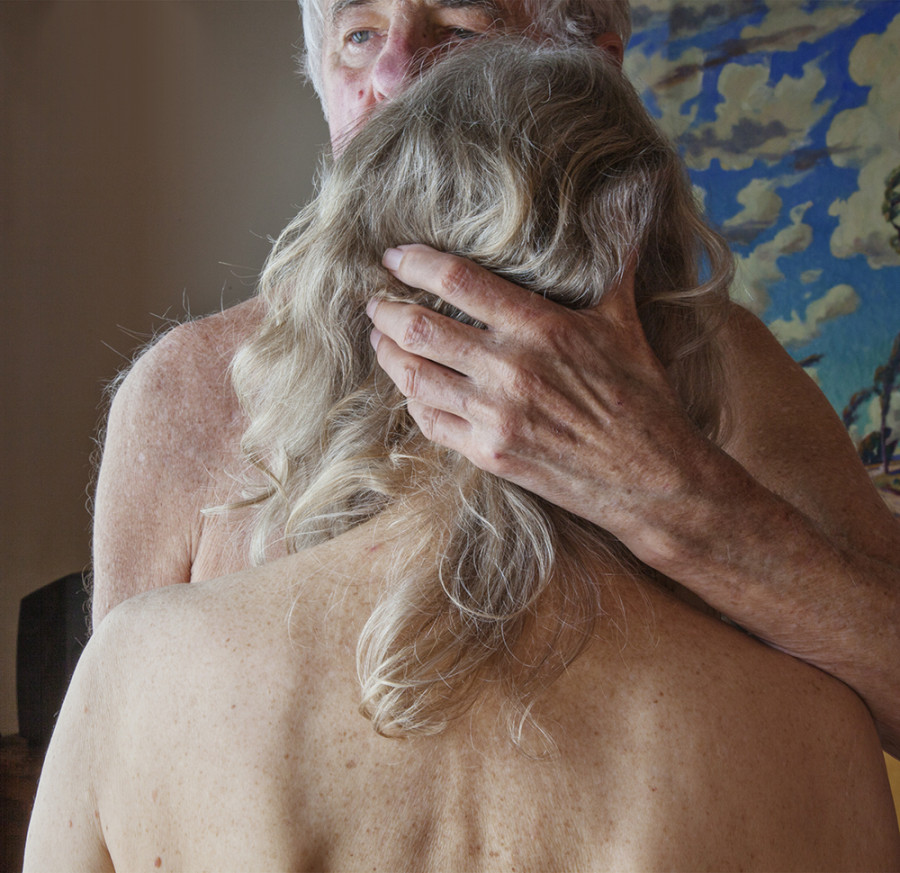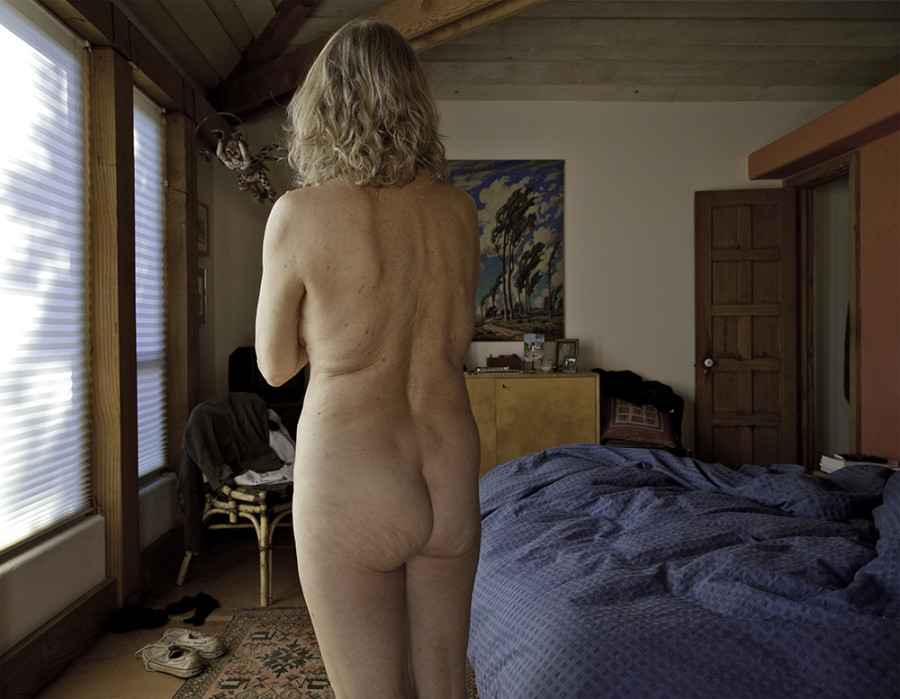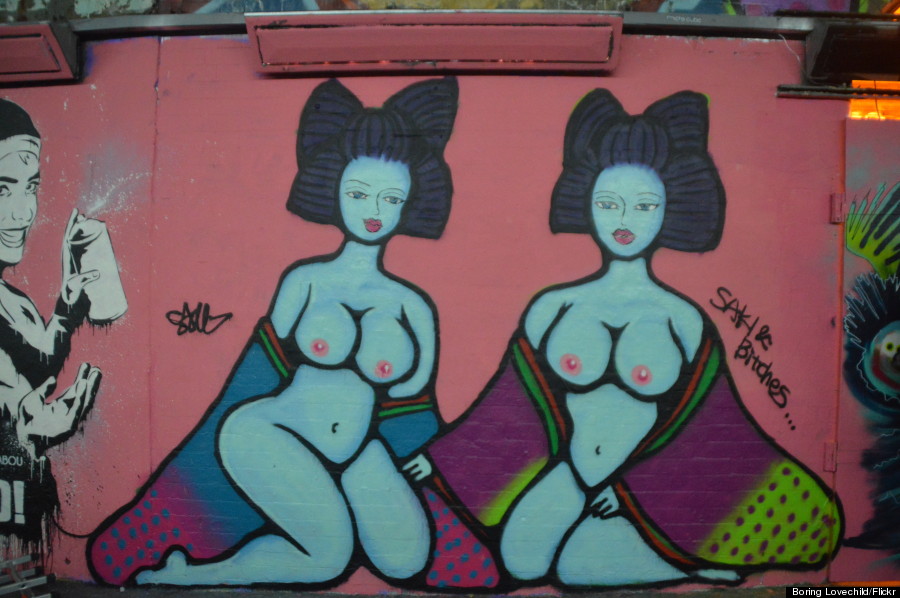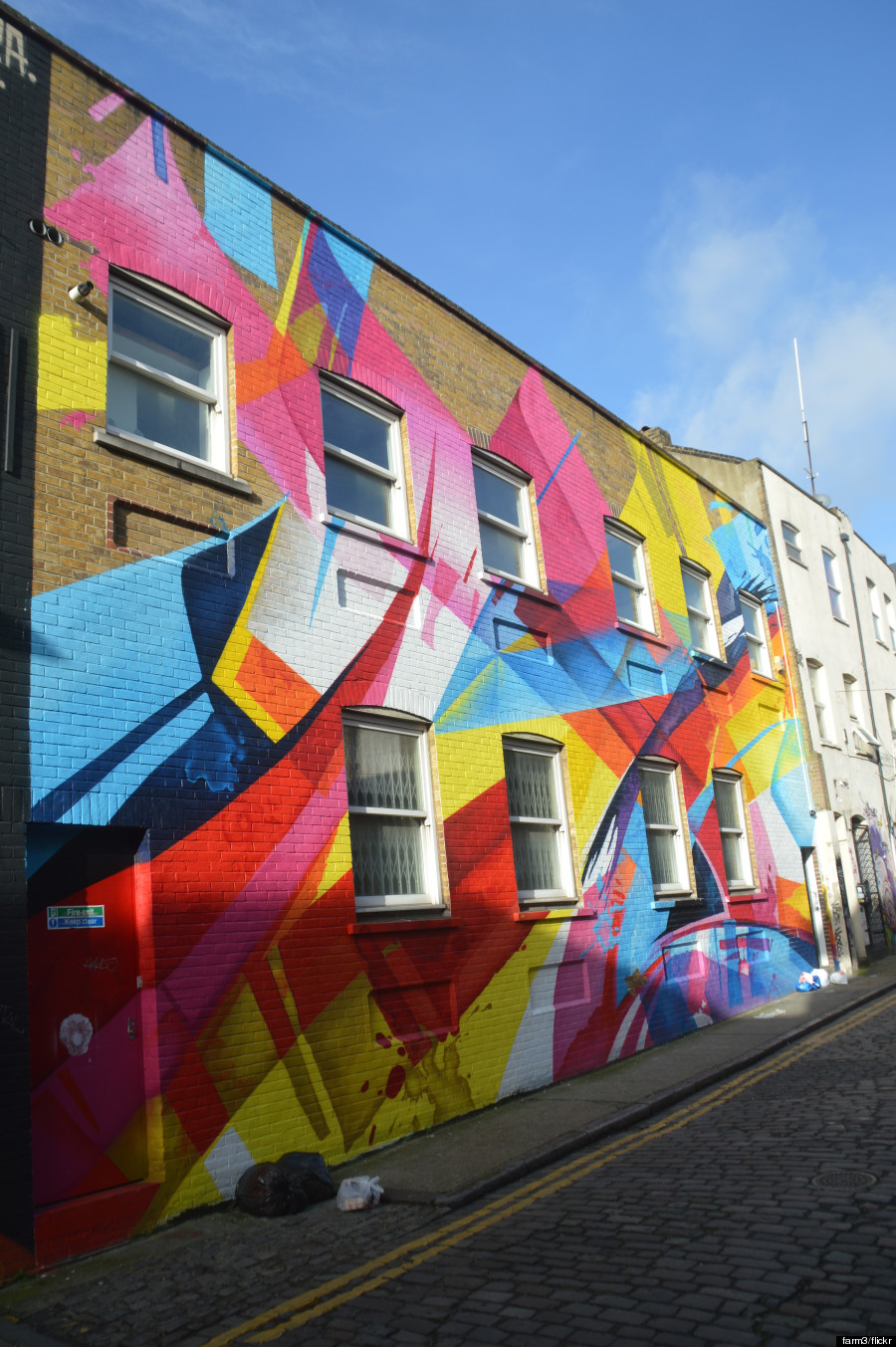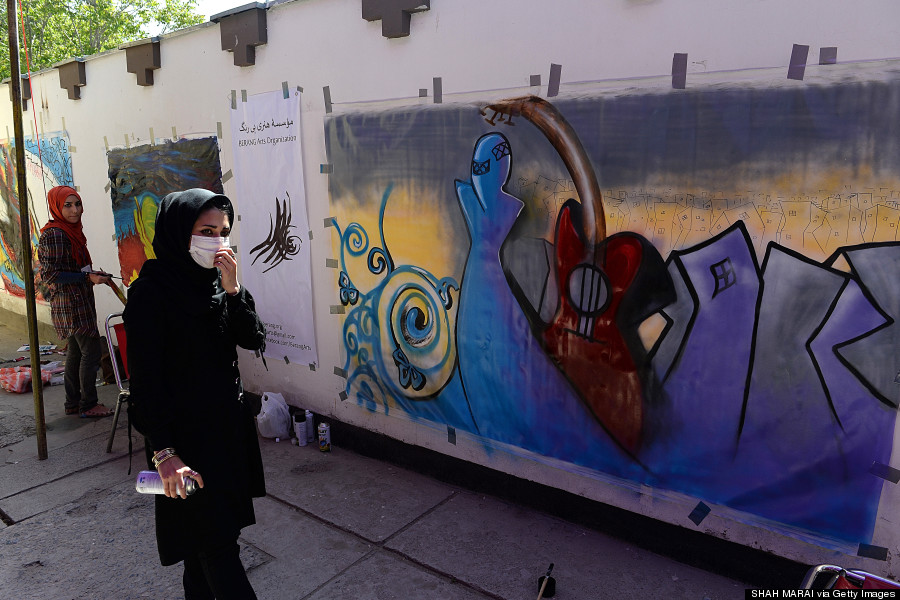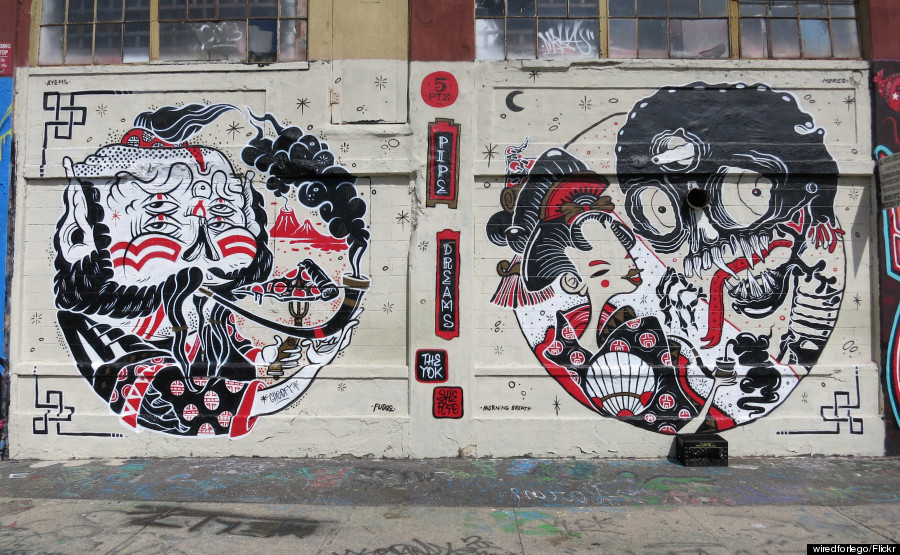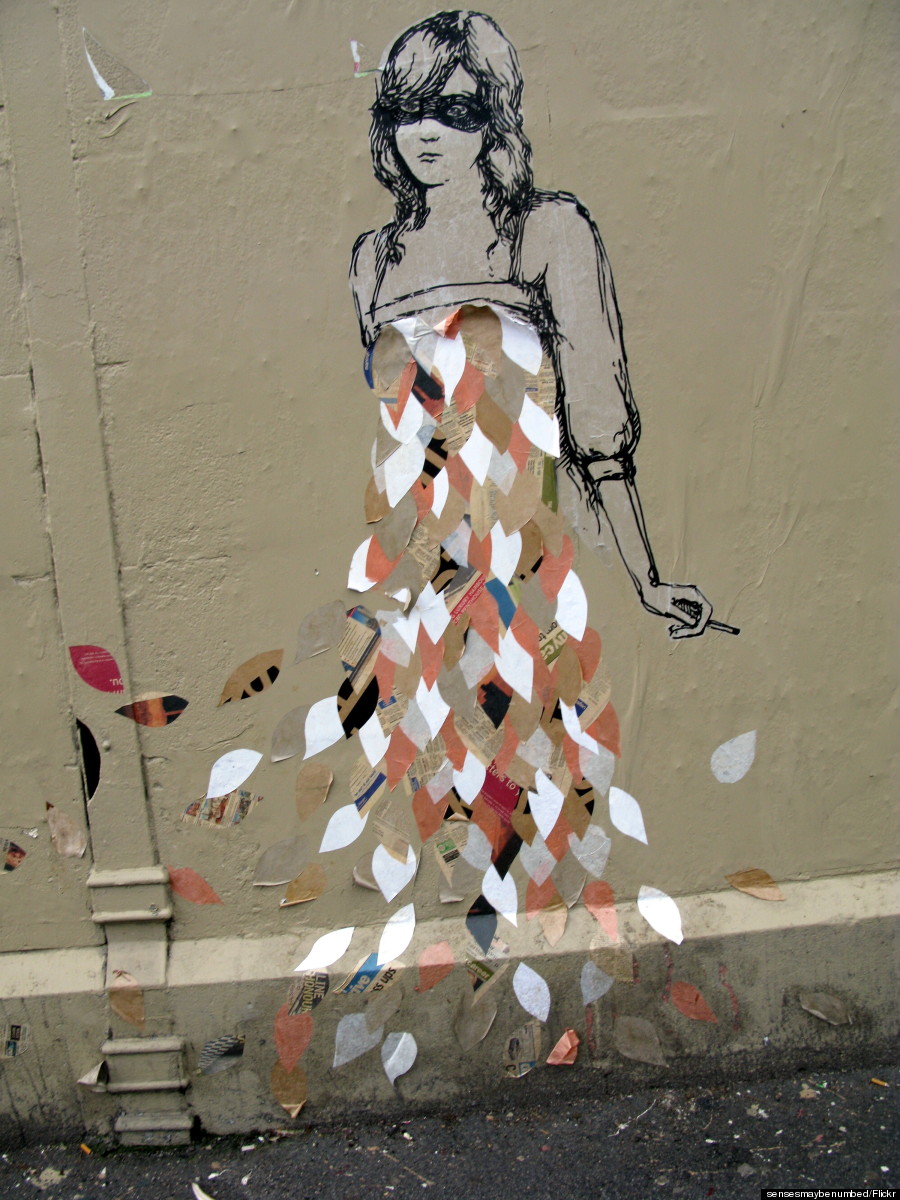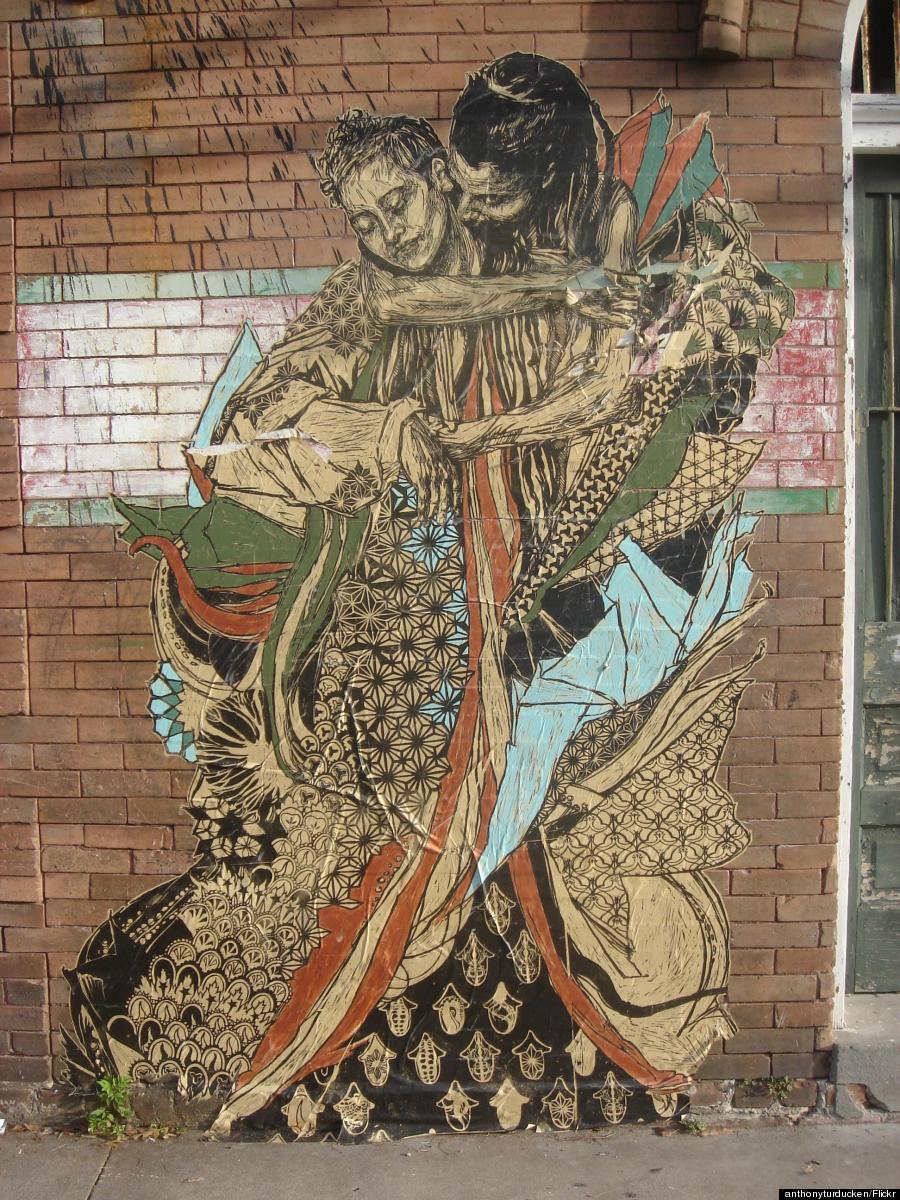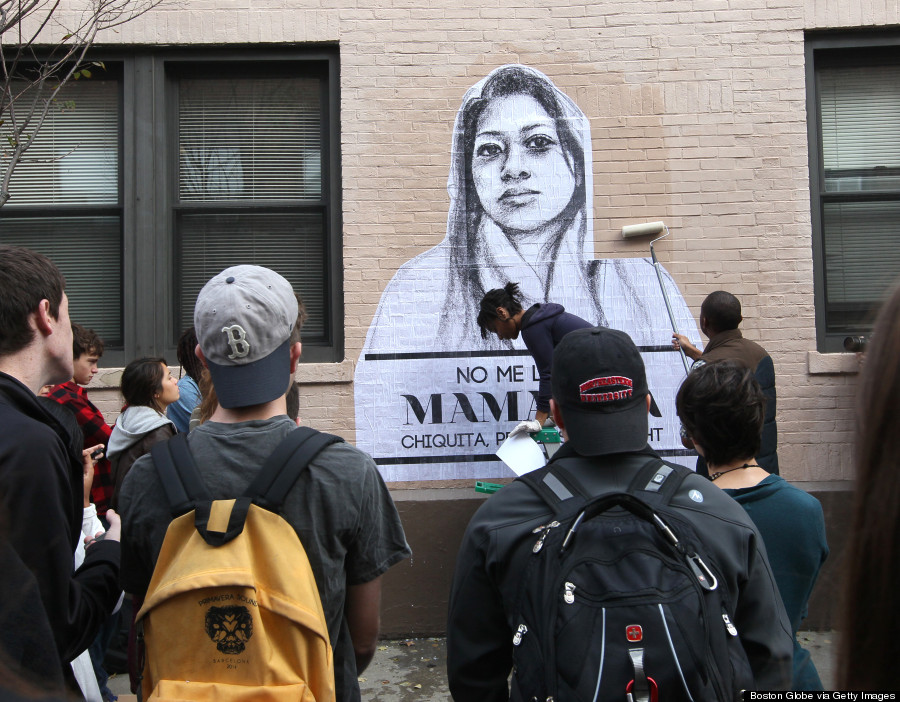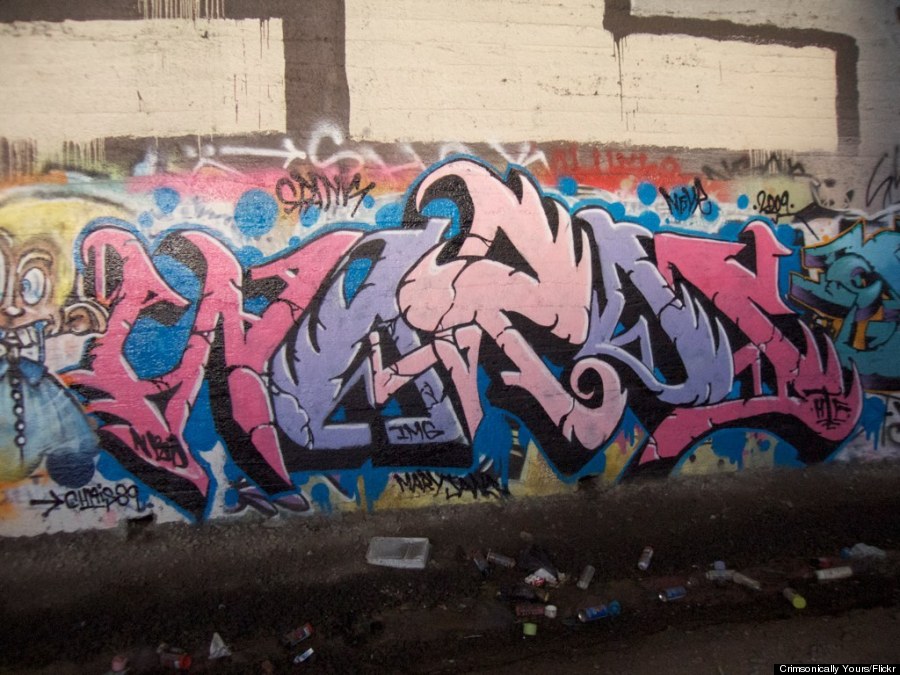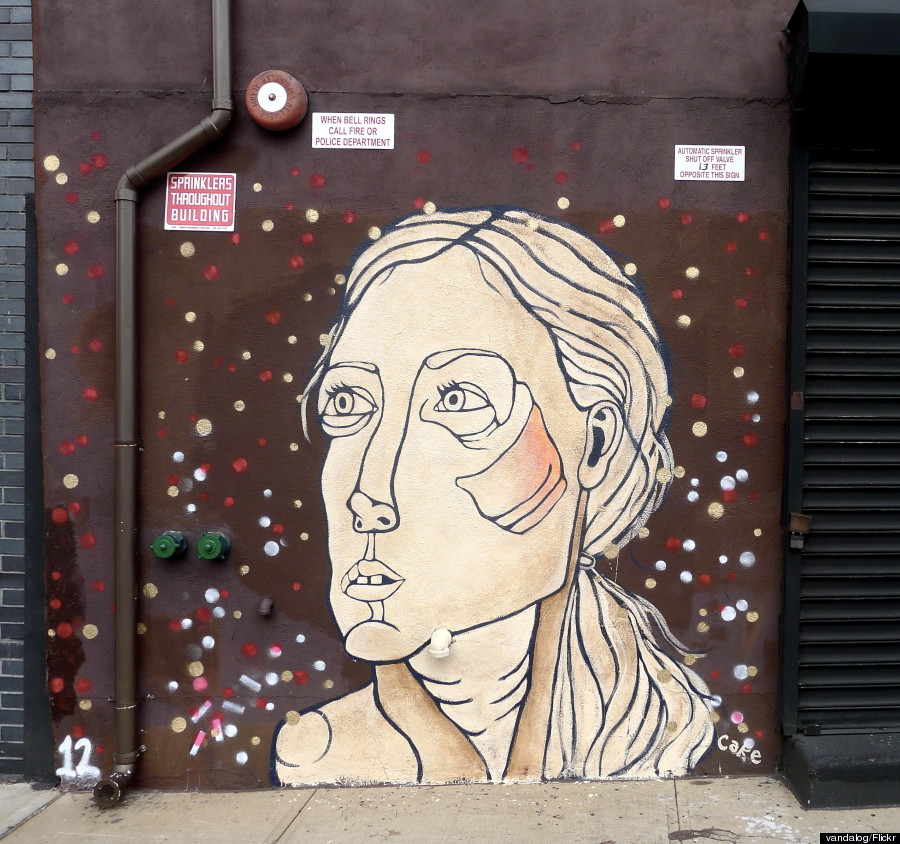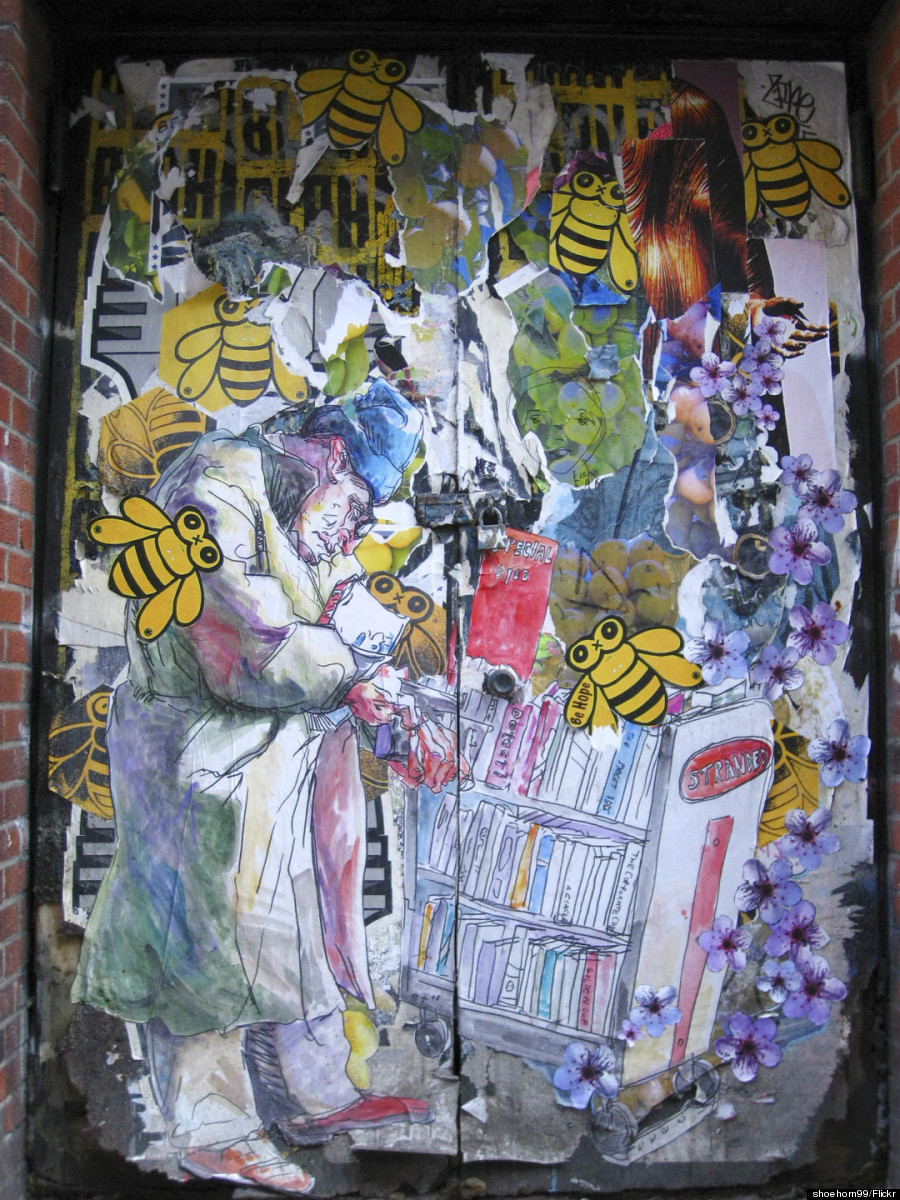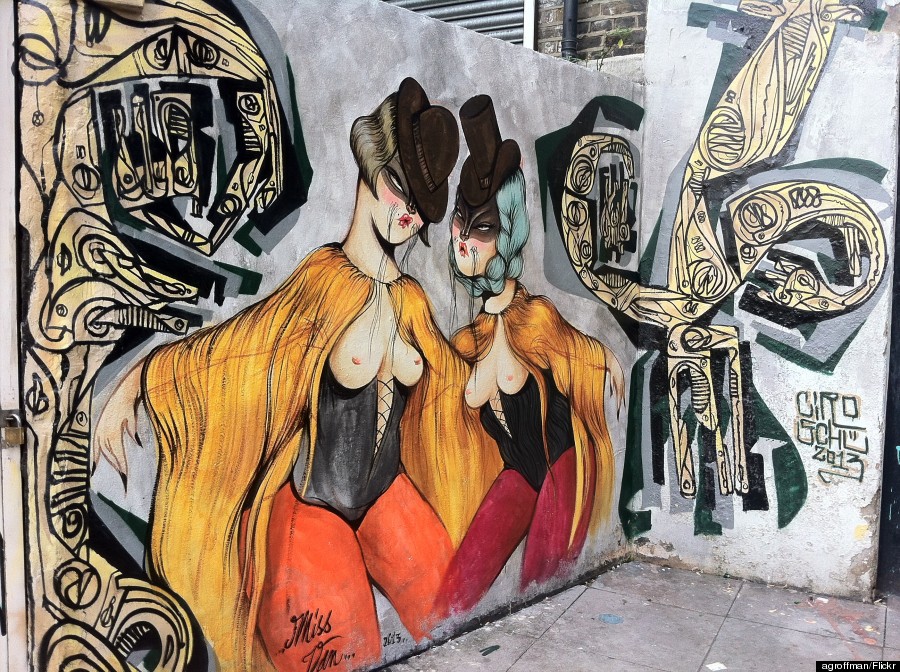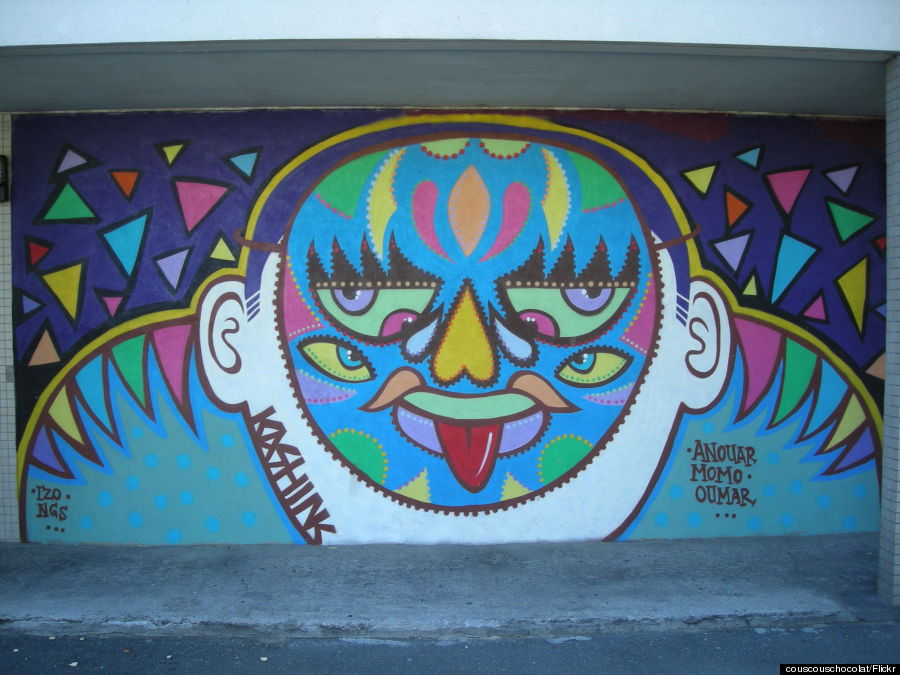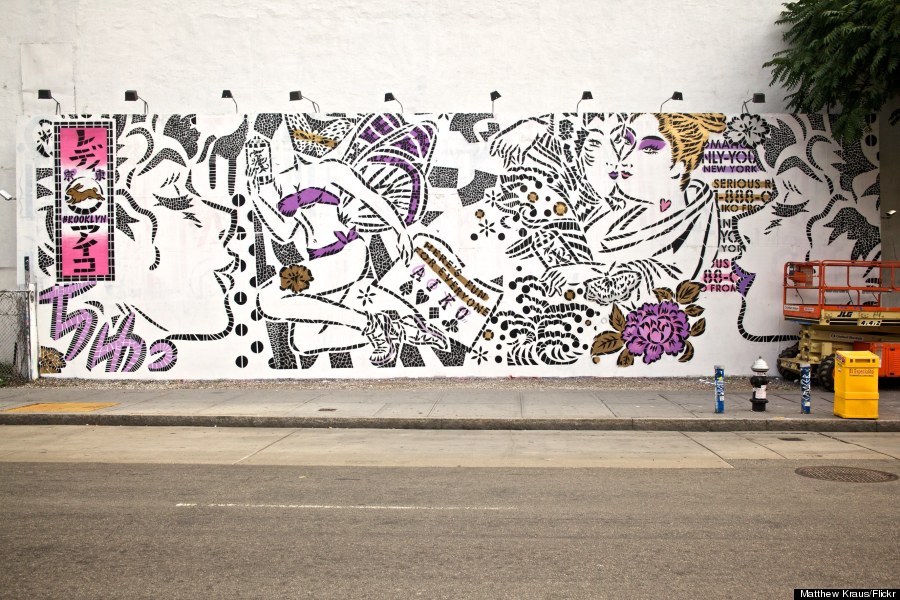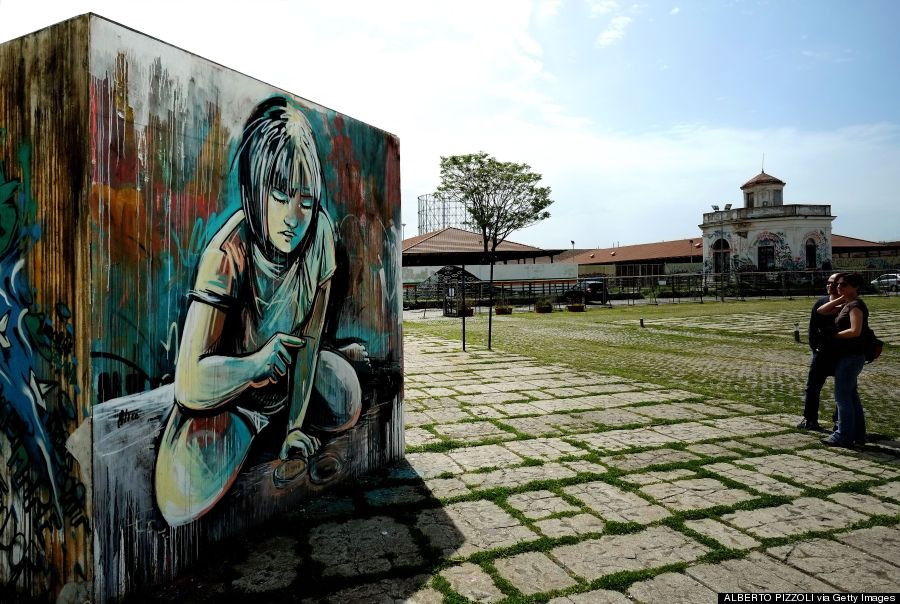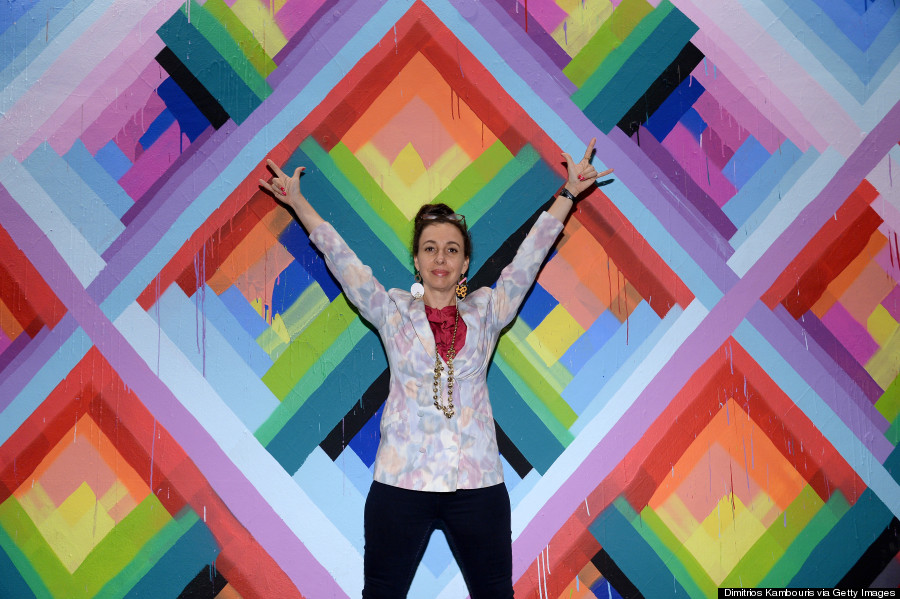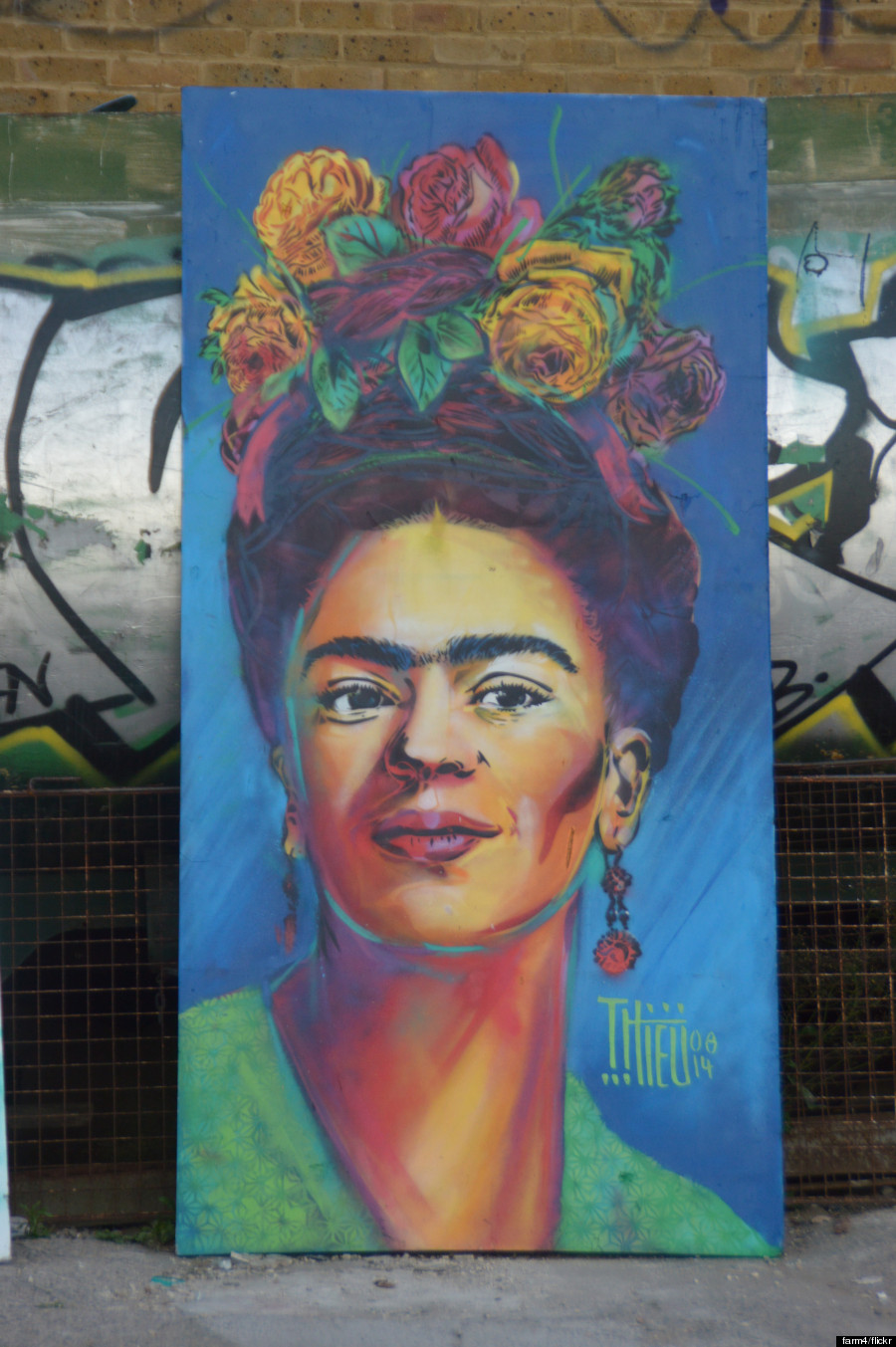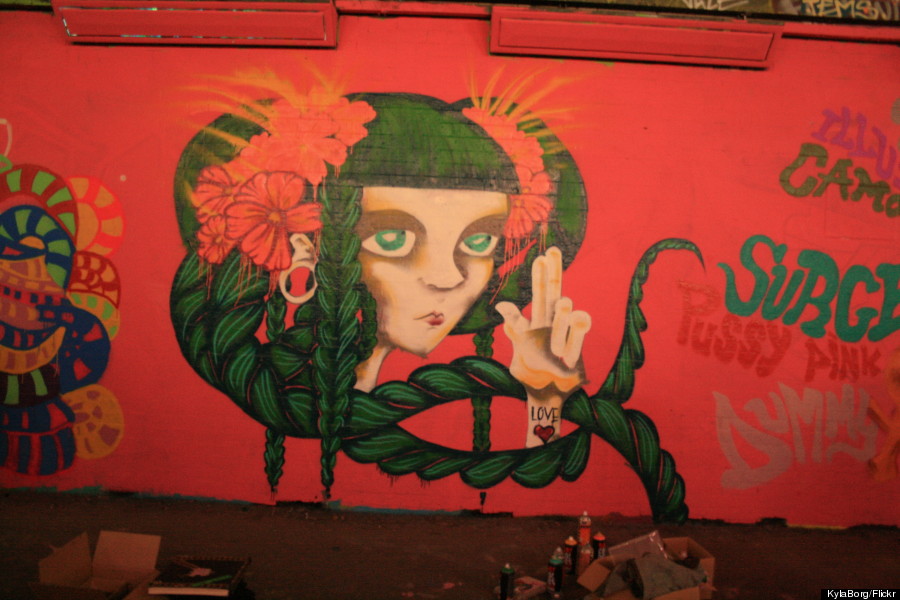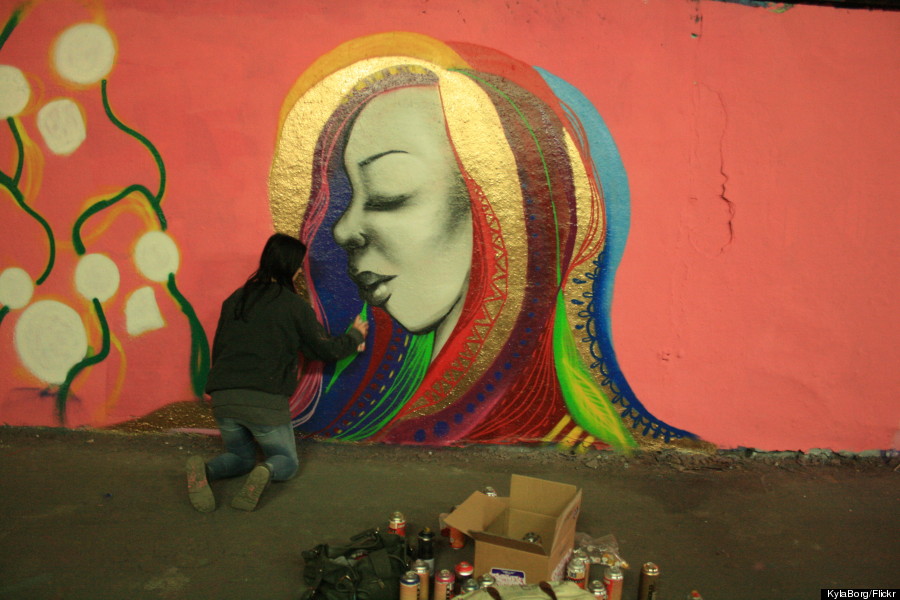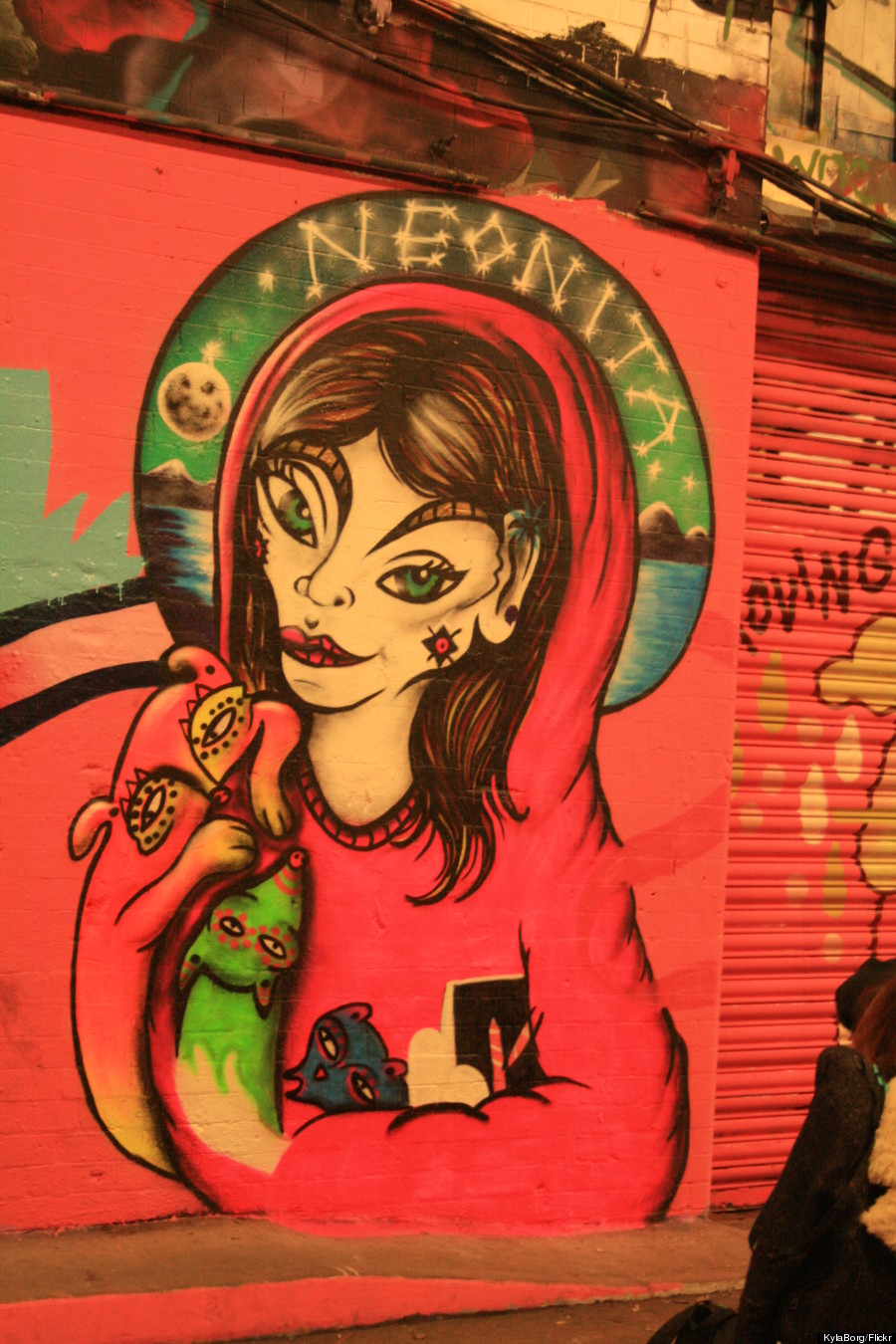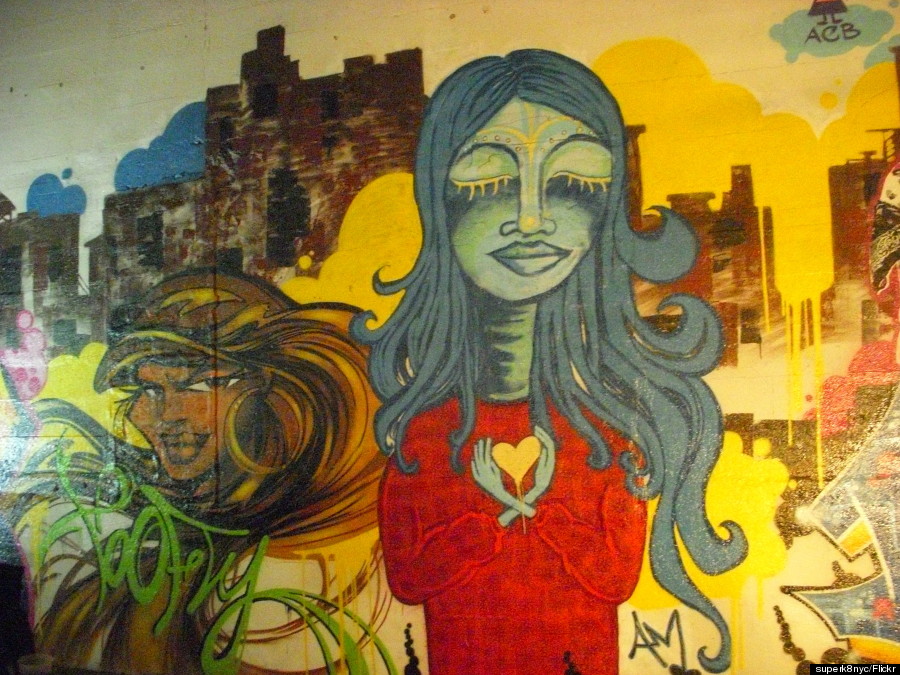"
The Comeback" and "
Outlander" have almost nothing in common as television shows. The HBO show is a half-hour comedy, the Starz show is an hourlong drama; one's a modern-day showbiz satire and the other is an epic period piece.
And yet the third episode of "The Comeback's" new season functions as a companion piece to the
seventh episode of "Outlander's" first season. Both of those episodes explore how women's bodies and female sexuality are used in American television. Both are worth watching, even if you're not a regular viewer of either show.
It can be so difficult to write about the male gaze and the female gaze and objectification and things like that -- how do I take on these charged, knotty subjects without straying into ponderousness? That's why episodes like these are not just important -- it's actually a relief when they come along. They allow critics who care about issues of gender and representation to say, "Please, just look at this.
This is what I am talking about. Just watch."
These episodes aren't the final word on these issues, mind you; they're just necessary conversation starters. I hope Sunday's "The Comeback" started a lot of conversations.
If you did see
"Outlander's" wedding episode, the Nov. 23 installment of "The Comeback" functions as its dark opposite, its dispiriting mirror image. It wasn't depressing because it was badly done; quite the opposite. It had its broad moments, but it was still an accurate and necessary indictment of certain attitudes that are disturbingly persistent in various segments of the entertainment industry.
"Outlander's"
wedding episode meticulously and joyously depicted a sexual and emotional journey between two consenting adults, and it shouldn't be revolutionary that it did so from a woman's point of view, but it was. By so wholeheartedly embracing the female perspective and honoring a woman's sexuality, "Outlander" made it clear that there is an enormous amount to be gained from incorporating and sometimes prioritizing the viewpoint and desires of female characters. The viewer was complicit in that female gaze, but the experience, at least from my point of view, was uplifting and exciting.
"The Comeback's" third episode, on the other hand, is valuable because it functions as a quietly savage indictment of sexist attitudes dressed up as Quality Drama. One of Prestige TV's most sacred tenets is the idea that anti-heroes should be allowed special latitude and treatment because of their Deep and Profound Issues, etc. When watching one of "The Comeback's" male characters try to reconstruct his selfish past as resonant, sexually charged tragedy, it's hard not to think of Emily Nussbaum's
smart essay about "True Detective": "[I]f a show has something smart to say about sex, bring it on. But, after years of watching 'Boardwalk Empire,' 'Ray Donovan,' 'House of Lies,' and so on, I’ve turned prickly, and tired of trying to be, in the novelist Gillian Flynn’s useful phrase, the Cool Girl: a good sport when something smells like macho nonsense."
Much of what Valerie Cherish has been put through this season has been in the service of macho, self-serving nonsense; she's too passive-aggressive to address this bullsh*t in a systematic way, but the show itself, in this episode and elsewhere, is quite happy to eviscerate various sacred cows.
I have my issues with "The Comeback"; its broader aspects grate on me, its characterizations are often perfunctory at best and stereotypical at worst, and it can be hard to take its air of self-congratulation. It's not the first behind-the-scenes TV show to shed light on the fact that people in Hollywood are often tawdry, clueless or self-absorbed, but it seems to want credit for being especially perceptive in this regard, even though sometimes it isn't.
And then there's Valerie Cherish of it all. Valerie is the attention-starved actress who occupies the center of "The Comeback," and though Lisa Kudrow plays her with exceptional skill, she still can be a lot to take. She's the kind of character who consumes almost all the oxygen in whatever room she's in, and, to be honest, that's a personality type I generally try to avoid in real life.
But the new season is an improvement on the first one, in part because of the twin satellites orbiting around Valerie. At this point, I'm deeply fascinated by Paulie G. (Lance Barber) and Jane Benson (Laura Silverman). Their skirmishes about who gets to control Valerie's story and presentation speak to a larger battle about the soul of Hollywood and whether women get to have a seat at that male-dominated table. I don't much care about Valerie's career, but I do care about Paulie and Jane's strangely riveting proxy war, which is fought with two sets of dueling cameras.
Paulie G. was, of course, one of the lead writers of Valerie's failed sitcom "Room and Board." That show's short life span occupied "The Comeback's" first season in 2005, and Paulie's dead eyes haunted me during the intervening decade. Though he is a fictional creation, I could almost feel his profound cynicism coming at me via the scripts of real shows that made it on to various networks' schedules. Paulie may be a fictional construct, but his toxic attitudes and soulless cynicism aren't hard to find if you watch TV long enough.
Every year, TV audiences are subjected to shows that make it amply clear that nobody in charge has any kind of a vision, the network doesn't know what it wants and everyone involved is either overwhelmed or in it for the money. In the first season of "The Comeback," Paulie G. was the human embodiment of all the worst tendencies of the television industry. A substantial percentage of TV writers and producers are
not cruel, misogynist, contemptuous assholes, but on my darker days as a critic, it's hard not to feel that too many Paulie G's still exist in powerful positions throughout the industry.
These days Paulie embodies a slightly different array of the industry's tropes and tendencies (or maybe they're the same tendencies, just rearranged and given moodier lighting). Having kicked a heroin habit and allegedly made peace with his demons, his reputation is that of a reformed bad boy with hidden depths, a tortured artist whose flameout makes him appear to be complicated and special. Paulie G.'s well-known troubles didn't land him on the unemployment line, they led to a plum deal with HBO, and the new show he's working on with Valerie is a thinly veiled tell-all about their time on "Room and Board" -- from his point of view, of course.
As fascinated as I am by Paulie G. and his inability to demonstrate any real insight into his weird fascination with Valerie, the quiet observations from Jane, the producer of Valerie's reality show, are often the most interesting thing about "The Comeback." In a show with so many meta layers that it can start to feel like an especially untethered "Twilight Zone" episode, there is something grounded about her knowing gaze (which is actually the camera's unblinking gaze). Jane sees everything that Valerie does and everything that is done to her, and, in the way she deploys her cameras, the act of seeing becomes a form of commentary, especially in this episode.
Throughout the episode, people keep referring to the blow-job scene, and all those mentions of it understandably increase Valerie's nervousness about it. As an actress, it must be nerve-wracking to think about having to perform that kind of act on camera, but Valerie is also concerned about the fact that Paulie, through his new show, is getting a chance to rewrite their shared history. What will it feel like to participate in that fictional narrative -- even as it radically changes perceptions of her own life? How respectful will the new Paulie be of her impressions of the past and her feelings in the present, on that soundstage? Those kinds of questions gave the episode a special charge well before it arrived at the key sequences.
Of course, Valerie and Paulie's relationship a decade ago wasn't sexual, but once the HBO show airs, she knows it will be more difficult for her to get people to believe that. One point "The Comeback" makes over and over again is that an actress has to work hard to control her own story and image, lest they be turned into albatrosses that sink her career and even her personal life. On the set of his HBO show, Paulie has an enormous amount of control over what happens to Valerie, but when that crucial scene arrives, he is typically dismissive of her. The narrative is his alone.
So much about the last 10 minutes of the episode is brutal; it's hard to watch. But everything that transpires in it is so informed by the characters' histories that it's impossible to look away.
We're supposed to believe that this is a different Paulie -- one who vapes rather than shoots up -- but he's ice cold as he tersely informs Valerie that her character has
no motivation when it comes to performing the sex act. Valerie is just an object to Seth Rogen's character. Paulie hasn't thought about whether the fictional version of Valerie, Mallory, should appear to be coerced or eager; he doesn't care what it means to Valerie/Mallory to perform the act on his alter ego. She's just a prop -- piece of furniture that performs a function.
At another point, when Valerie is flanked by two naked women, Jane's camera moves away from shooting the trio directly. Her camera slides over to the monitor, where the women's images are washed out -- they become almost featureless, hard to tell apart. These are the faceless, personality-free images that Paulie appears to want. These women, including Valerie, have little individuality; they are objects.
Hearing the naked women make fake orgasm sounds, having that scene last for what felt like ages, seeing the look on Valerie's face, seeing the varied yet strained reactions of the crew; it all made for one of the most uncomfortable moment in the history of "The Comeback." It was a discomfort we were meant to feel, and we were meant to think about all the porn-y and semi-porn-y moments that the TV industry (not just HBO) has manufactured over the years. Everyone on that soundstage -- aside from Paulie, presumably -- appeared to feel a prickly, ungenerous complicity, and so did I as an audience member.
As I noted, HBO is far from alone when it comes to this kind of imagery, but the fact that Jane's unblinking gaze quietly underlined these kinds of scenes on this network felt appropriate.
HBO's track record when it comes to female creators and people of color as creators is abysmal (though HBO is far from alone when it comes to
problems with diversity), and that history of favoring straight white men as creators has resulted in skewed, sexist and even
offensive moments on HBO's shows -- sometimes on ambitious shows, like "
Game of Thrones," that are
otherwise worthwhile. Though these kinds of problems clearly go far beyond one network, it was smart of "The Comeback" to focus on the minutiae of this situation on this self-aggrandizing show. The Paulie-Valerie situation is a well-constructed microcosm, and the way Paulie's vision plays out is almost banal and predictable in its particulars, and yet the situation is devastating to the women involved.
Jane is clearly upset and angry, but instead of speaking up, as she did a bit earlier, all she can really do is bear witness to the indignities that Valerie suffers. She does not look away.
Valerie is a product of an industry that rewards people who look away from serious problems. Her ability to ignore or shrug off incidents that are painful or humiliating is part of what's allowed her to survive in show business. That's always been a barrier that has stood between me as a viewer and her as a character; it can be hard to care about a person who is so unable or unwilling to stand up for herself, even if, intellectually, I know what keeps her silent. But in this episode, her silence was used effectively.
Valerie tried to have a voice, but she was repeatedly shut down. Paulie didn't want to hear from her, he didn't want to truly engage her and he still obviously thinks of her as a screechy problem in a tracksuit. Paulie isn't necessarily a monster for thinking this -- I think it sometimes too. Paulie is no longer a one-dimensional nightmare person, and that's a scary prospect: He was almost easier to dismiss when he was the worst. Now that he's trying to be a human being, seeing him deny Valerie her humanity is harder to watch.
He wasn't technically wrong, however, to think that only his vision mattered; that's what the network bought. He had license to control the narrative of their shared past, and found it annoying that Valerie might have something to say about that. It didn't help that he showered praise on Rogen while having her taken to task for getting a word or two wrong. Valerie wasn't raped, obviously, but that word escaped her mouth almost involuntarily in an improvisational moment. It didn't matter what Valerie said or did, Paulie was not going to hear her. On a show about her life in which she was essentially playing herself, she had been turned into a non-person, which had to be both frightening and surreal.
The indignities continued. Once the on-screen blow-job moment arrived, Valerie had to stand by quietly while a man rode to her rescue. Seth Rogen (or "The Comeback's" version of the actor) saw Valerie's obvious distress, and he deployed all his most affable bro skills in an attempt to salvage the situation between Paulie and Valerie.
And yet who had the last word? Jane did -- or rather, her cameras did.
Paulie's monitor showed Seth's face as he mimed sexual pleasure. But Jane's camera moved away from Seth and to focus on Valerie's face. Jane held Valerie's gaze for a long time. It's not unusual for "The Comeback" to underline certain moments too broadly, and the show did that by playing "Under Pressure" as the episode ended. But such was the undeniable force of the entire sequence that the too-obvious soundtrack choice couldn't undo its power. Jane said to Valerie, through her camera, "I see you."
This episode of TV matters because this isn't just about how one fictional guy treats one fictional woman on the set of their fictional show(s). If you've
watched TV for a while, if you've read a fair
sampling of critics for a while, hell, if you've even read
op-ed pieces by noted actresses, you know that the kinds of attitudes on display here are not rare. The problem isn't one pretend guy with a fake show; the problem is that guys with attitudes similar to Paulie's aren't hard to find, not just in writers rooms and but in executive suites at all kinds of media companies. And what these people collectively create matters.
It matters because the content produced by television, by the film industry and by the gaming industry, let's face it, often functions as a cultural instruction manual.
"Our culture socializes young men to believe that they are entitled to sexual attention from women, and that women go about their lives with that as their primary purpose - as opposed to just being other people, with their own plans, priorities and desires," Patrick Blanchfield recently wrote in the New York Daily News.
"We teach men to see women as objects, not other human beings. Their bodies are things men are entitled to: to judge, to assess, and to dispose of - in other words, to treat as pornographic playthings, to have access to and, if the women resist, to threaten, to destroy."
So who's doing the teaching? I love television with all my heart and have spent 15 years singing its praises. So much of it is fantastic and compassionate and smart, but I can't deny that, at its worst, segments of the industry are part of the instructional process Blanchfield discusses. Paulies get platforms. Their gazes matter. Who and what they ignore matters too.
I'd like to think that things are changing, but it's hard to know how much of that is wishful thinking.
I'd like to think that the Janes of the entertainment world will get their shot -- or are getting their shot -- at making TV shows. They have a few stories to tell.
